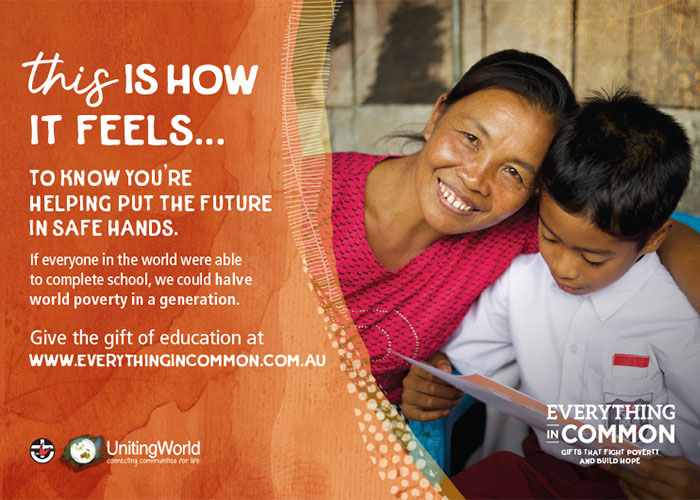From March 12 to June 13, the 23rd Biennale of Sydney, titled rīvus, was staged at the Cutaway (Barangaroo) and Stargazer Lawn along with a handful of other venues in Sydney and Parramatta. Rivers, wetlands and other salt and freshwater ecosystems featured as dynamic living systems with varying degrees of political agency.
Indigenous knowledges have long understood non-human entities as living ancestral beings with a right to life that must be protected. But only recently have animals, plants, mountains and bodies of water been granted legal personhood. If we can recognise them as individual beings, what might they say?
rīvus invited aqueous beings into a dialogue with artists, architects, designers, scientists and communities, entangling multiple voices and other modes of communication to ask unlikely questions: Can a river sue us over psychoactive sewage? Will oysters grow teeth in aquatic revenge? What do the eels think? Are the swamp oracles speaking in tongues? Do algae reminisce about the days of primordial soup? Are waves the ocean’s desire? Can a waterfall refuse gravity?
Considering the water ecology’s perspective entails a fundamental shift in understanding our relationship with the rest of the natural world as a porous chronicle of interwoven fates.
Rivers are the sediment of culture. They are givers of life, routes of communication, places of ritual, sewers and mass graves. They are witnesses and archives, our memory. As such, they have also been co-opted as natural avenues for the colonial enterprise, becoming sites of violent conflict driven by greed, exploitation and the thirst to possess. Indeed, the latin root rīvus, meaning a brook or stream, is also at the origin of the word rivalry.
Sustainability should be an action, not a theme. rīvus reflected on its own conditions of possibility, becoming the catalyst for works already in progress; encouraging the use of non-polluting materials and production processes; advocating for locality, collectivity, collaboration and reduced waste; acknowledging its own impact on the environment while aiming to lower it through a systemic and creative approach.





